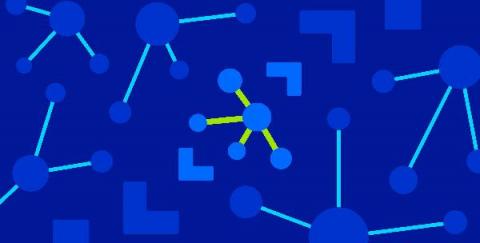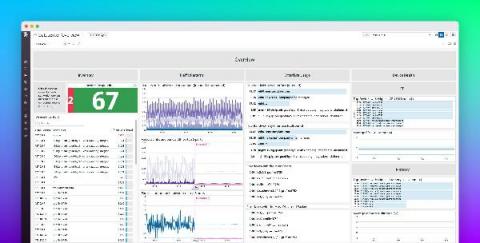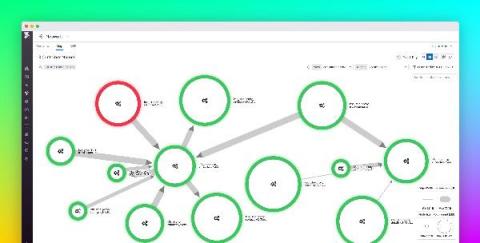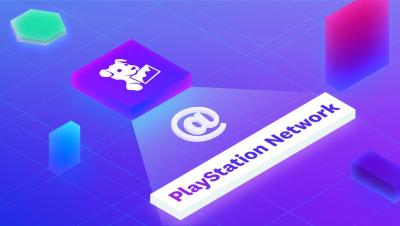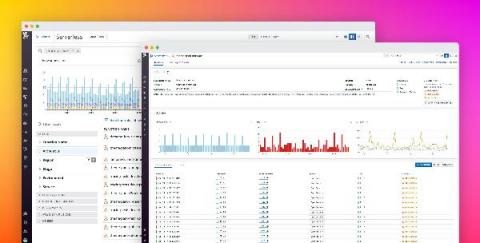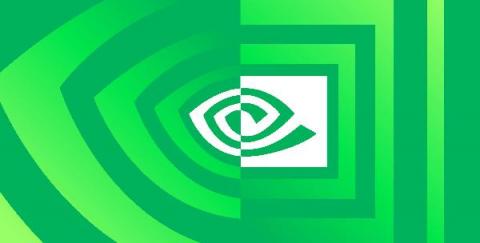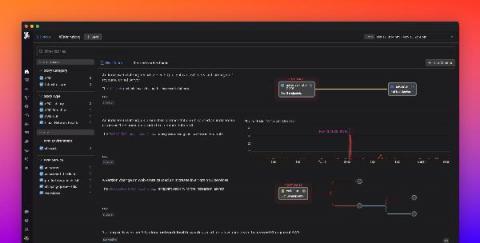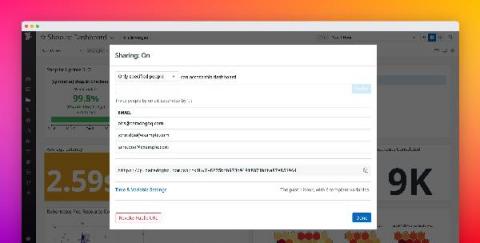Monitor Azure IoT Edge with Datadog
Azure IoT Edge is a Microsoft Azure service that allows you to run containerized workloads on IoT devices. With IoT Edge and Azure IoT Hub, Azure’s device-management platform, organizations across science, manufacturing, energy production, and other industries can provision their IoT devices and workloads at the edge of their cloud networks for immediate in-unit computing, a necessity when running AI algorithms or parsing large datasets directly on IoT devices.


